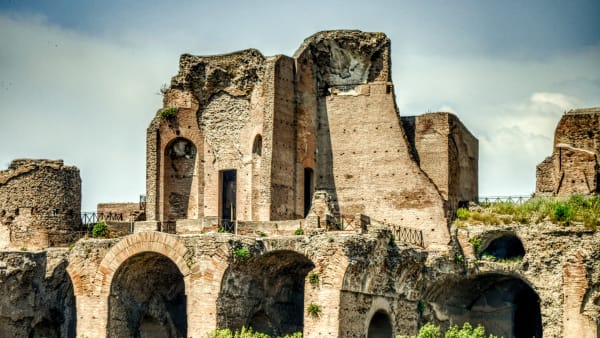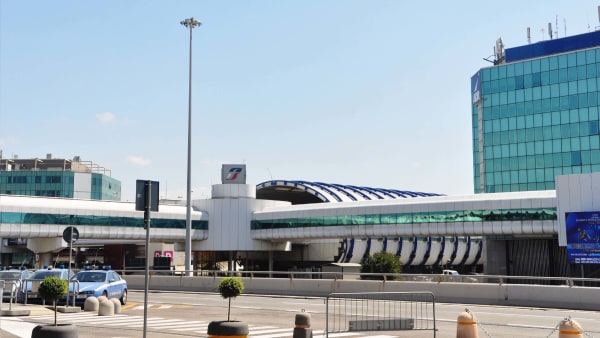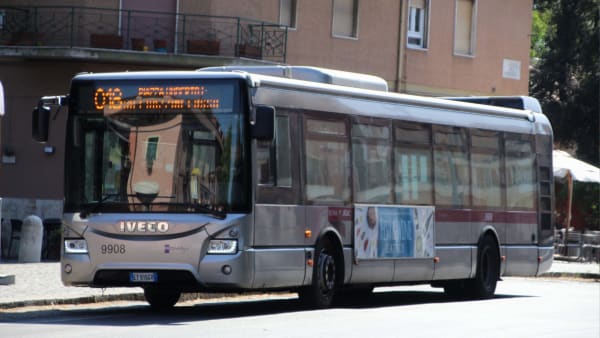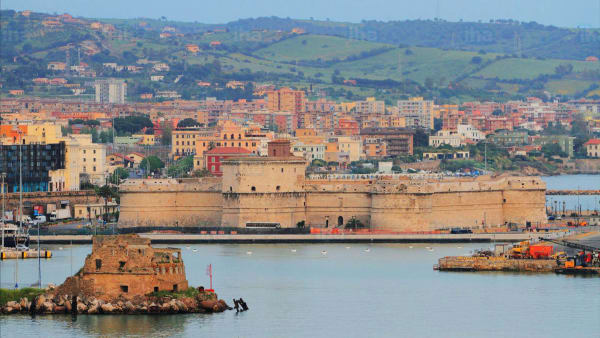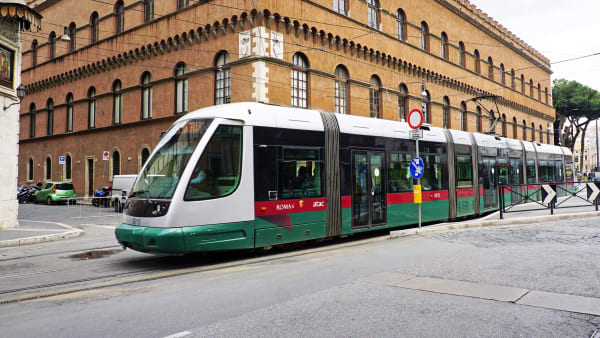Brief history
Brief history
The basilica is 186m long, 123m wide and 136m high. Besides its impressive dimensions, its history and architectural style are also very interesting. Keep reading!
Name and origin
The history of St. Peter’s Basilica begins as early as the time of the Eastern Roman Empire. In 313, the first church was built as a symbol of Christianity, which happened as a result of the Edict of Milan.
This was a proclamation that permanently established religious toleration for Christianity within the Roman Empire. It was the outcome of a political agreement between the Roman emperors Constantine I and Licinius. Additionally, in 334, Emperor Constantine I decided to build a basilica on the Vatican Hill, near the place where Peter (the apostle considered to be the first pope) had been crucified and buried.
Until 1506, the basilica of Constantine I (who reigned from 306 to 337) was located on the site where St. Peter’s Basilica was built from 1506 onward. Construction of the present building began under the supervision of Pope Julius II and was completed in 1626 by Pope Paul V. Donato Bramante. St. Peter’s tomb is currently located under the main altar as are those of many other popes buried in the basilica.
New plans for Constantine’s Basilica
By the mid-15th century, the basilica built by Constantine was no longer in good condition, so Pope Nicholas V had the church restored and expanded in 1452. When he died in 1455, this work was suspended for over 50 years. The newly crowned Pope Julius II resumed restoration in 1503 when the Basilica of Constantine was on the verge of collapse.
Northern Italian architect Donato Bramante was commissioned to build a new St. Peter’s Basilica. It was Julius II’s vision to create a magnificent building. An important part of this was a monumental tomb for himself above the one from St. Peter.
Donato Bramante “Maestro Ruinante”
Bramante had the old church torn down to the façade to make way for something new. For the people of Rome, this was a complete scandal. The nave of the basilica looked like a ruin and yet holy mass was held there every day.
The master-builder was heavily criticized and even called “Maestro Ruinante” (Master Wrecker). After he died in 1514, construction progressed very slowly. Pope Leo X chose the painter Raphael to succeed Bramante. However, after six years of planning, he was hardly able to carry out any of his plans.
The diversity in architectural style
In its 120-year building history, the St. Peter’s Basilica hasn’t only had many master builders but has also undergone the formative influences of three style periods: Renaissance, Mannerism, and Baroque.
Although there was never a homogeneous building plan and none of the master builders ever followed the plans of his predecessor, St. Peter’s Basilica still exudes a certain unity of style. This may be because Michelangelo’s architecture functions as a unifying factor for the overall picture.
The builders
Several architects, artists, and master builders worked on the basilica. Besides Raphael, among Bramante’s successors were the architects Baldassarre Peruzzi and Antonio da Sangallo. Sangallo spent seven years building a walk-in wooden model that can be seen today in the Fabbrica di San Pietro, the construction workshop of St. Peter’s Basilica.
In 1547, the 72-year-old sculptor and master builder Michelangelo Buonarotti took charge of the construction. It was he who built the famous dome that characterizes the church building to this day. Almost 30 years after Michelangelo’s death in 1564, Giacomo della Porta completed the dome in 1593.
Completion and inauguration
As early as 1624, Gian Lorenzo Bernini was involved in the interior design of the church. One of the most important works of the representative of Roman Baroque is the bronze canopy placed above the high altar. His greatest work, however, is the St. Peter’s Square with the colonnades.
From 1603 to 1629, architect Carlo Maderno worked on St. Peter’s Basilica, completing the church and facade so it could be inaugurated by Pope Urban VIII Barberini in November 1626.
Martin Luther and St. Peter’s Basilica
Martin Luther was a German theologian who played a crucial role in the reformation of Christianity. After being ordained as a priest and spending time in the monastery, he decided to make a trip to Rome.
There he discovered that his interpretation of the Bible clashed with certain practices of the Roman Catholic Church. For example, he was hugely opposed to indulgences: documents that believers could purchase to remit sins.
An indulgence trade arose in the city that generated a lot of money, which was mainly used for the construction of St. Peter’s Basilica. Luther was strongly opposed to this and wanted to do something about it. As a result, he wrote the 95 Theses, to share his critical reflections on the indulgence trade.










